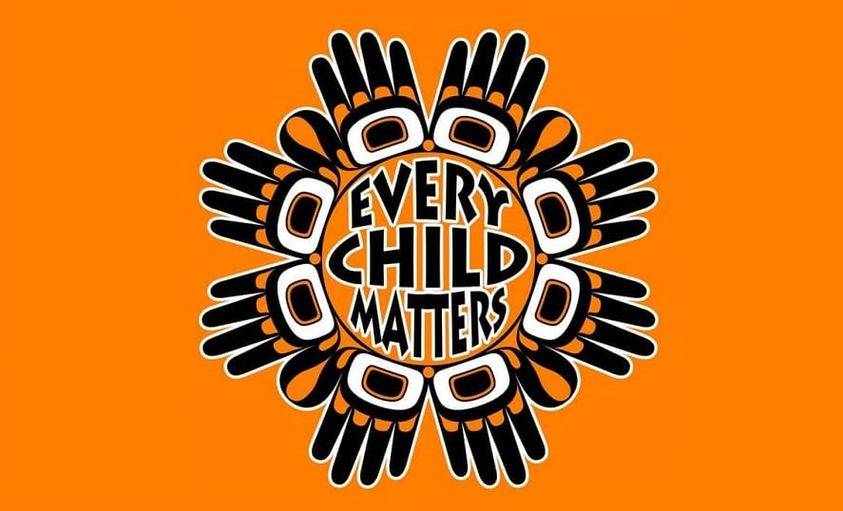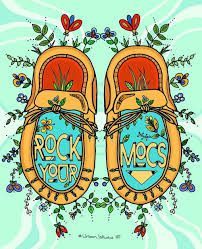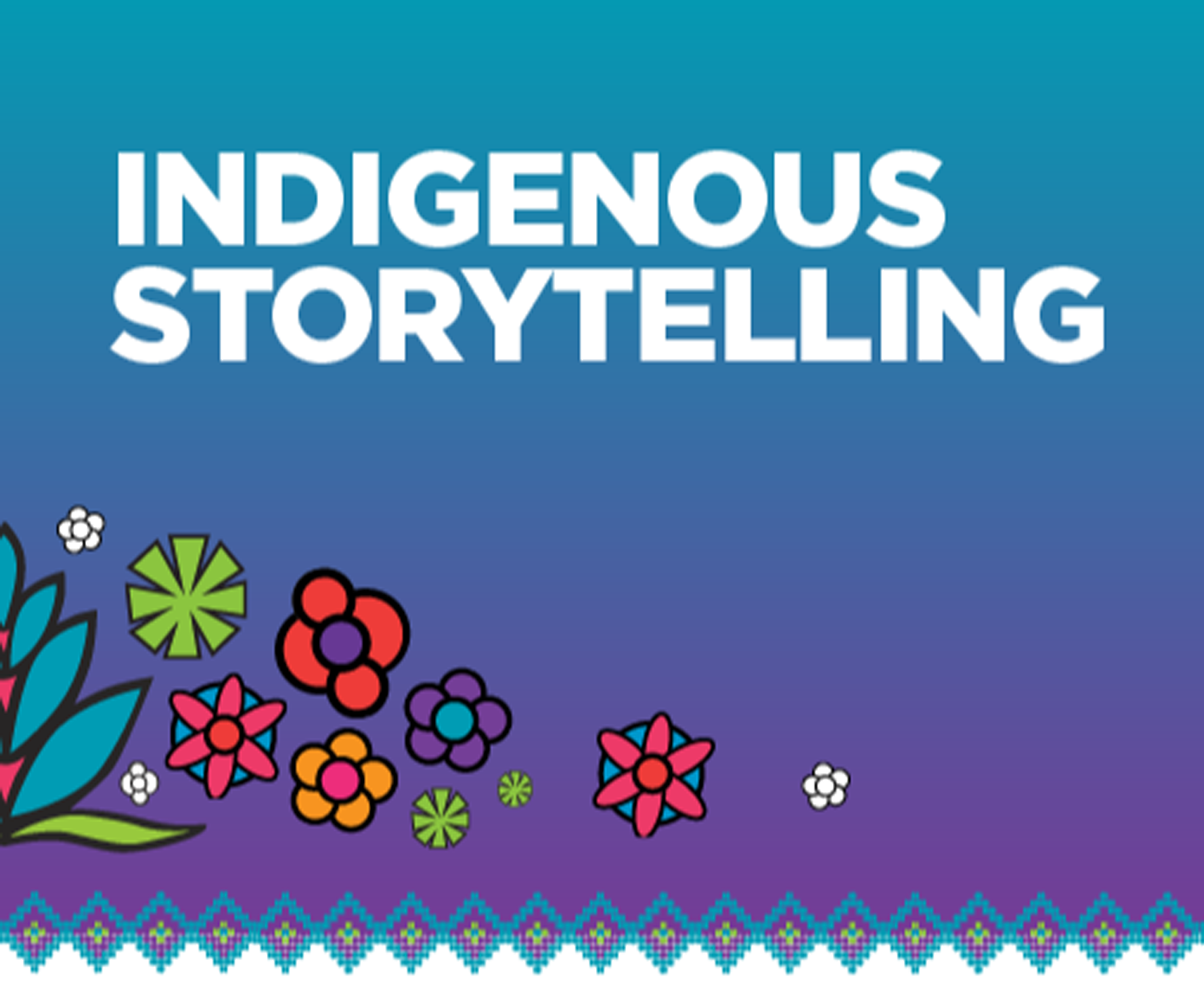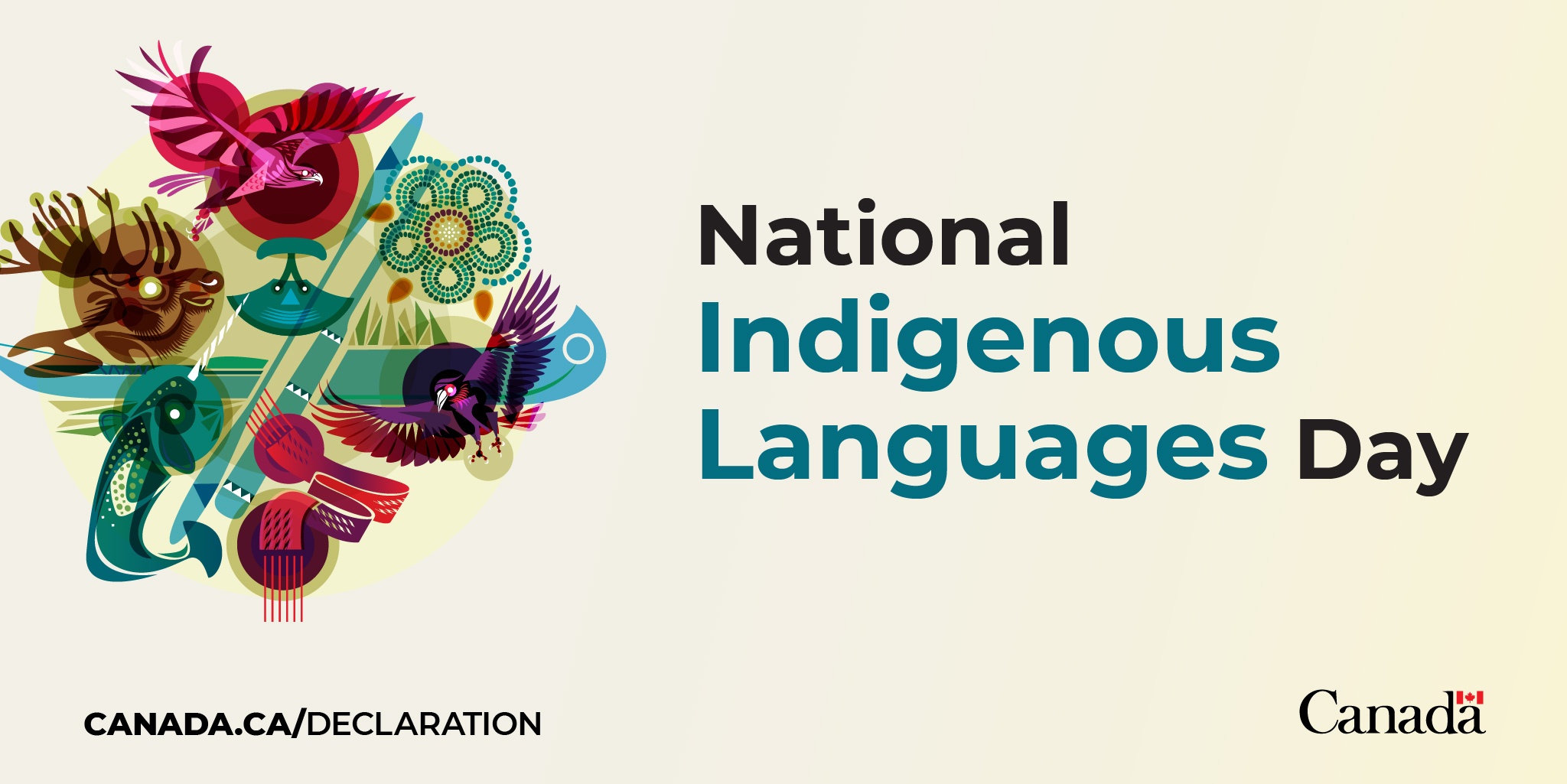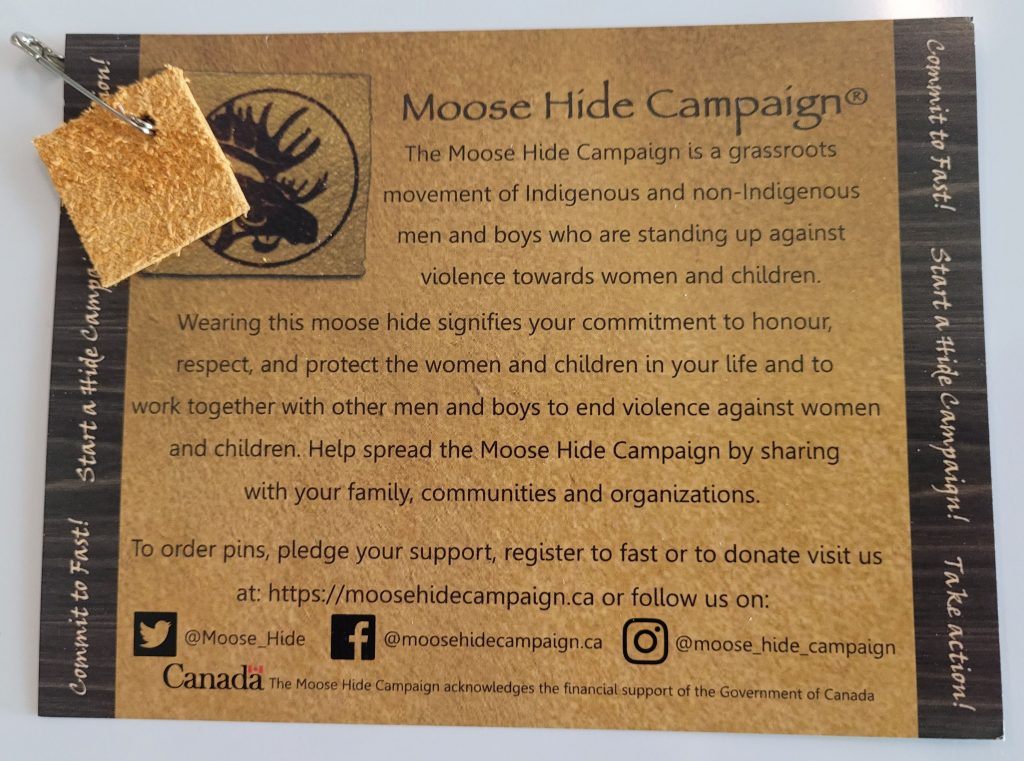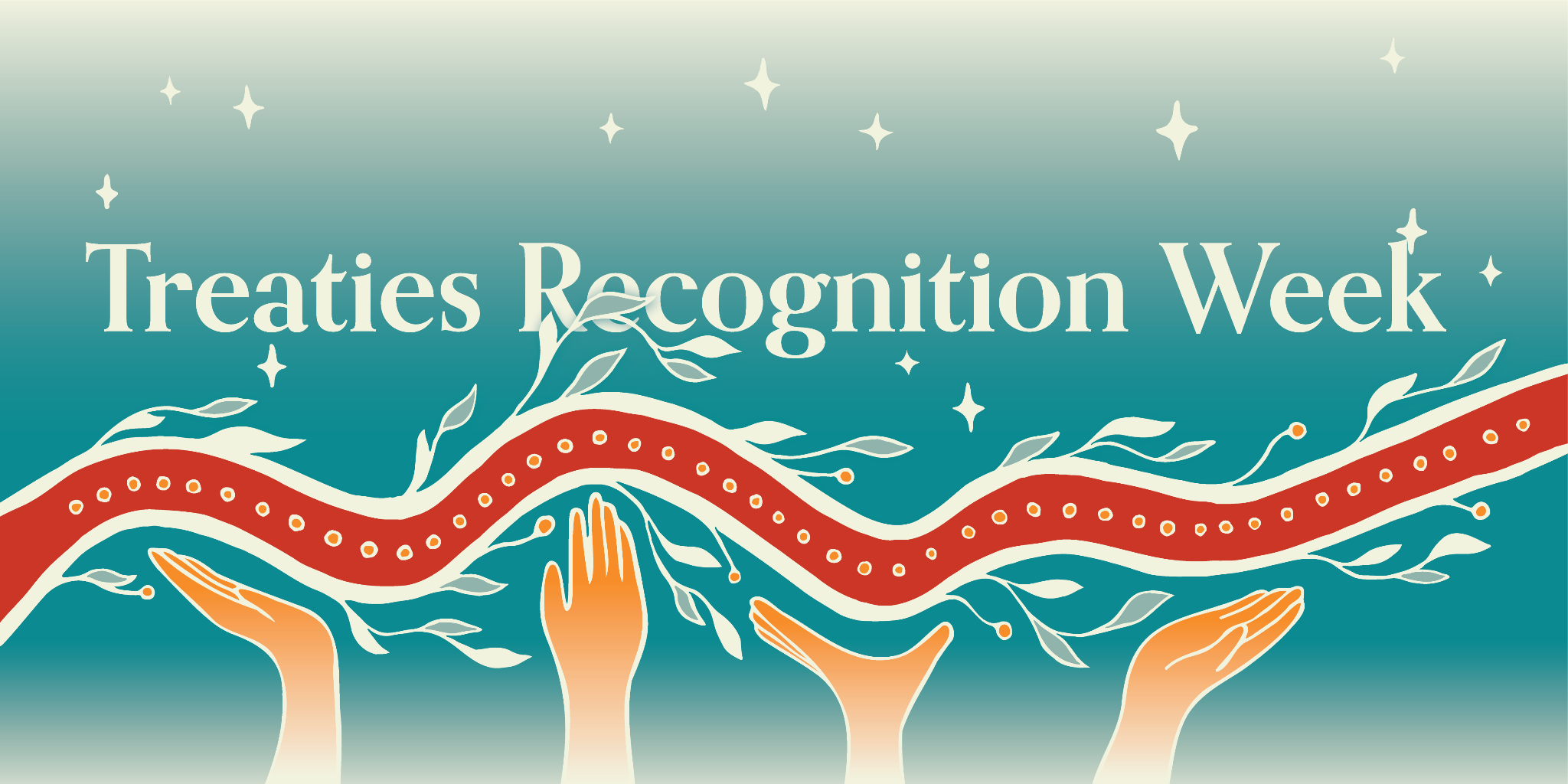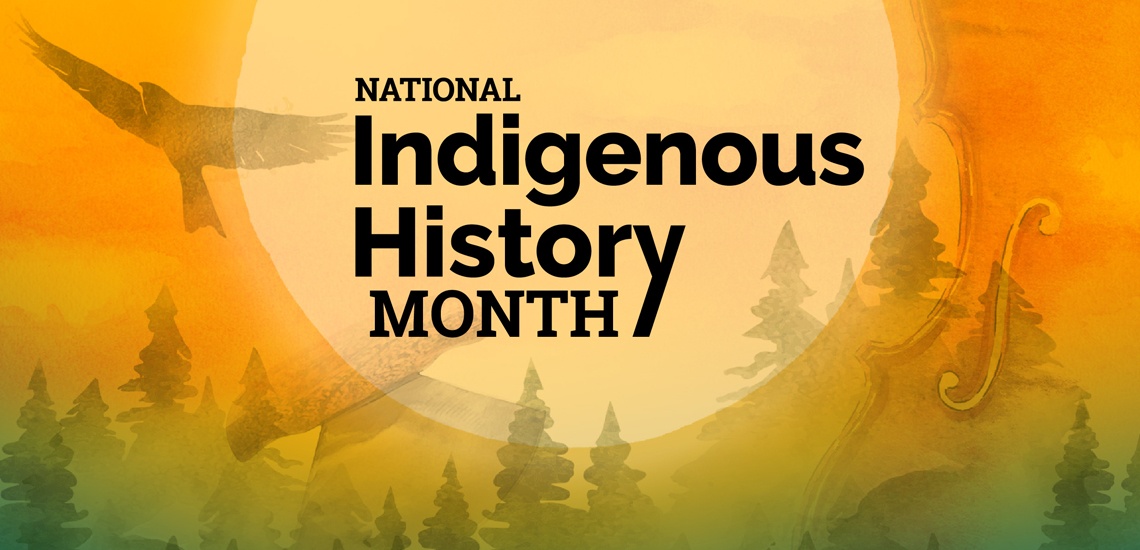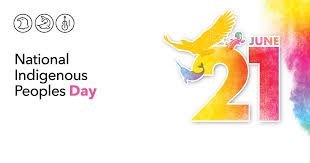Reconciliation Week
Secret Path Week
Secret Path Week
Inuit Day
Inuit Day
Resources and Ideas
Internation Inuit Day - November 7 (trentu.ca)
Throat Singing Colouring Sheet - katajjaq-inuit-throat-singing-colouring-page_ver_1.pdf - Google Drive
Clothing - inuit-winter-clothing-cut-out-and-dress-up-activity-_ver_1.pdf - Google Drive
Videos
Indigenous Veterans Day
Indigenous Veterans Day
Websites, Resources and Ideas
Indigenous Veterans Day: Meet 3 First Nations soldiers and veterans from Sask. | CBC News
How Alberta's Cree Code Talkers Helped Win World War II | Our Canada (readersdigest.ca)
Indigenous Veterans Day Resource (trentu.ca)
Indigenous Veterans - Veterans Affairs Canada
Forgotten Warriors
Forgotten Warriors by Loretta Todd - NFB (Division has membership to Education Campus)
1997 - 51 mins
Ages 14 to 17
Mini-Lesson - Forgotten Warriors
Civics/Citizenship - Human Rights
History - Canada 1946-1991
Indigenous Studies - Issues and Contemporary Challenges
Social Studies - Social Policies and Programs
Why did it take so long for World War II Aboriginal soldiers to receive recognition for their contribution to the war effort? How did the legacy of their suffering from post-traumatic stress disorder (PTSD) and the reintegration policies of the Canadian government contribute to problems that remained unresolved decades later? Students should compare and contrast the treatment of WWII Aboriginal and non-Aboriginal soldiers with that of soldiers from the Korean War and the Afghanistan mission.
Mini-Lesson for Forgotten Warriors - NFB Blog
Videos
Métis Week
Métis Week
Métis Week - Google Slides - Week of Videos, Books & Activities
Métis Gathering
Rupertsland Institute
Websites, Resources and ideas
Would You Rather? Métis Style - slideshow - Google Slides
Métis Digital Scavenger Hunt - Google Slides
Read Aloud - YouTube Playlist of books
ined.sd79.bc.ca/wp-content/uploads/2011/12/The-Metis-Way.pdf - Activity book
Celebrating Métis Week in Your Classroom - Learning Bird
The Virtual Museum of Métis History and Culture (metismuseum.ca) - The Metis Alphabet Colouring Book
Metis-Week-PreRead.pdf (rupertsland.org)
Louis Riel Day Resource (trentu.ca)
Videos
Rock Your Mocs
Rock Your Mocs
Websites, Resources and Ideas
National Ribbon Skirt Day
Ribbon Skirt Day
Websites, Resources and Ideas
National Ribbon Skirt Day: The Jan. 4 marker explained | CTV News
Ribbon Skirt Teaching with Natalie Pepin - Google Drive
Ruby Sinclair - Today is National Ribbon Skirt Day. These... | Facebook VIDEOS OF HER SKIRTS
Videos
Indigenous Storytelling Month
Indigenous Storytelling Month
Elder Hazel
Gr K-5: Storytelling with Elder Hazel « Royal Saskatchewan Museum (royalsaskmuseum.ca)
Indigenous Storytelling Month - Google Slides
Videos
National Indigenous Language Day
Indigenous Language Day
Websites, Resources and Ideas
- LearnCree.ca
- Cree Literacy Network - Creating connections that promote literacy in Cree language and culture.
- Métis Gathering - Learning Hub
- Stories of the North - The Big Talent Show
Videos
Red Dress Day MMIWG+ Awareness
Websites with Resources, Interactive Projects and Ideas for Projects
Home Page - Final Report | MMIWG (mmiwg-ffada.ca)
NIMMIWG-THEIR-VOICES-WILL-GUIDE-US.pdf (mmiwg-ffada.ca) - Student and Youth Engagement Guide
Advocacy & Action - KAIROS Canada
Films and Documentaries - KAIROS Canada
Violence Prevention & MMIWG - NWAC
Red dress window art project brings MMIWG awareness from the classroom to the masses | CBC News
Finding Dawn
National Film Board
Finding Dawn by Christine Welsh - NFB
Acclaimed Métis filmmaker Christine Welsh brings us a compelling documentary that puts a human face on a national tragedy – the epidemic of missing or murdered Indigenous women in Canada. The film takes a journey into the heart of Indigenous women's experience, from Vancouver's skid row, down the Highway of Tears in northern BC, and on to Saskatoon, where the murders and disappearances of these women remain unsolved.
Surviving the City vol. 1
Written by: Tasha Spillett and illustrated by Natasha Donovan
Description
Miikwan and Dez are best friends. Miikwan is Anishinaabe; Dez is Inninew. Together, the teens navigate the challenges of growing up in an urban landscape – they’re so close, they even completed their Berry Fast together. However, when Dez’s grandmother becomes too sick, Dez is told she can’t stay with her anymore. With the threat of a group home looming, Dez can’t bring herself to go home and disappears. Miikwan is devastated, and the wound of her missing mother resurfaces. Will Dez’s community find her before it’s too late? Will Miikwan be able to cope if they don’t?
IF I Go Missing
Written by: Brianna Jonnie with Nahanni Shingoose
Illustrated by: Nshannacappo
Description
The text of the book is derived from excerpts of a letter written to the Winnipeg Chief of Police by fourteen-year-old Brianna Jonnie ― a letter that went viral and was also the basis of a documentary film. In her letter, Jonnie calls out the authorities for neglecting to immediately investigate missing Indigenous people and urges them to "not treat me as the Indigenous person I am proud to be," if she were to be reported missing.
Indigenous artist Neal Shannacappo provides the artwork for the book. Through his illustrations he imagines a situation in which a young Indigenous woman does disappear, portraying the reaction of her community, her friends, the police, and media.
Video is linked is located: Films and Documentaries - KAIROS Canada
Missing Nimama
Written by: Melanie Florence
Illustrated by: Francois Thisdale
Kateri is a young Cree girl, growing up in the care of her grandmother. We see her reaching important milestones: her first day of school, first dance, first date, wedding, first child. Her mother is absent, but not gone, watching her child growing up without her.
Told in alternating voices of child and mother, Missing Nimâmâ is a story of love, loss, and acceptance, showing the human side of a national tragedy.
Videos
Songs/Dances to honour MMIWG
Moose Hide Campaign
Treaties Recognition Week in SK
Indigenous History Month
Websites, Resources and Ideas
National Indigenous Peoples Day
Websites, Resources and Ideas
Indigenous Games Grades 7-9 Lesson.pdf (ucalgary.ca)
Consolidated_file_EITIPE_Lessons__web_.pdf (d10k7k7mywg42z.cloudfront.net)
Videos
